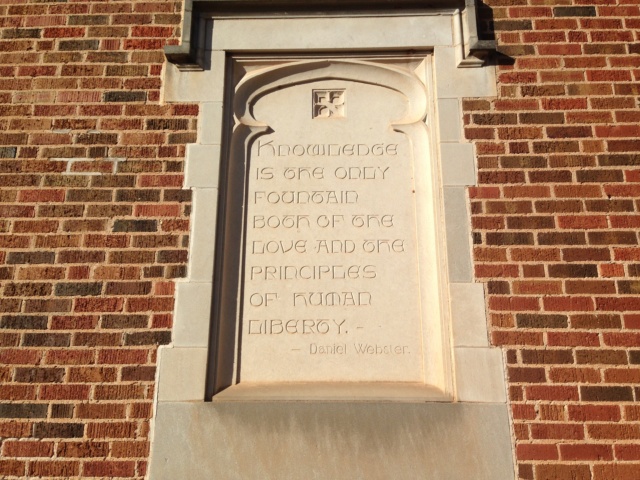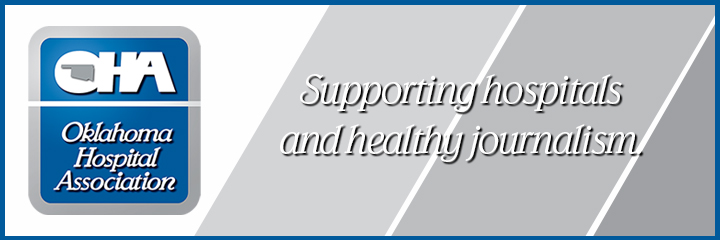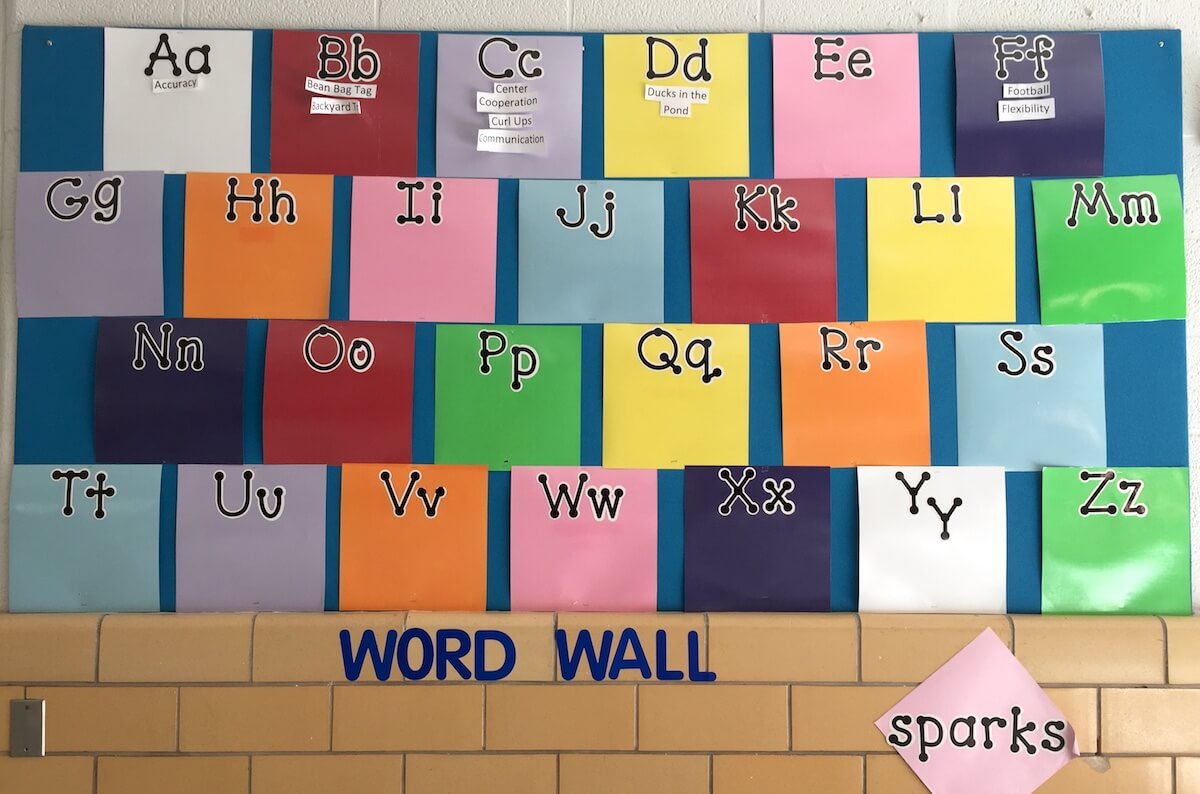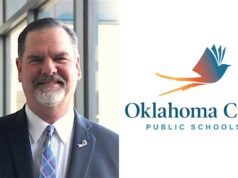

The OKCPS board deserves great praise for conducting a roundtable discussion of charter schools in a retreat Monday that was open to the public.
The board was briefed on OKC’s complex history that resulted in creating 12 different charter schools in 20 locations. Different charter contracts were negotiated over time as the history of school choice unfolded. As a result, today’s charters provide very different academic programs to incomparably different student populations.
My only complaint about the board’s discussion: Had the exact same conversation been conducted with the exact same data to start an overview of the district’s capacity, it would have been a win-win process, but the data that the board was provided is utterly worthless for accountability or decision-making purposes.
No, the data is worse than worthless. Until we all, not just education leaders, realize that schools are forced to use primitive metrics that can barely provide apples-to-watermelon comparisons, we will continue this charade. Until a firewall is created to separate these numbers from accountability processes, high-poverty systems like the OKCPS will be in jeopardy.
In short, the OKCPS is now responsible for holding charters and traditional public schools accountable using student-performance and demographic data that is not up to the task.
Grading system for schools shared, flawed
As Superintendent Aurora Lora said during the meeting, the A-F Report Card data presented to the roundtable only gives “ballpark” indicators of performance. Even one-year drops (or gains) of as much as 15 points (or almost one quarter of a school’s student performance) may mean nothing. Declines can be explained by a small random fluctuation in a year’s special education numbers or a teacher not returning from maternity leave.
Short on teachers, high on challenges
Although it wasn’t said out loud, high-poverty neighborhood schools have embarrassingly large numbers of classes where it’s impossible to find a qualified teacher. Years of data-driven policies that are biased against schools that serve everyone who walks through the door have made it even more impossible to find qualified teachers in many OKCPS classrooms.
RELATED
How Hispanic immigrants ‘saved’ OKC’s public schools by John Thompson
It was noted that about half of the city’s charter students attend Dove and Santa Fe South. Just as the increase in Hispanic students gave the OKCPS a new lease on life, immigration allowed for an increase in their enrollment. By all accounts, Santa Fe South does a great job, but meeting its student-growth targets will be hard.
The board also discussed declines in grades for three Santa Fe schools and asked whether an increase in English Language Learners might explain the drops. I understand why, but nobody uttered the obvious explanation: When charters — even the best charters — expand, their scores will almost always decline.
Except for Hupfeld Academy, SeeWorth Academy and perhaps Santa Fe South, charters serve students with challenges far different than what kids bring to traditional public schools. When charters expand, they start to experience some (but not nearly all) of the difficulties faced in neighborhood schools.
Poverty often a likely culprit …
The OKCPS is nearly 90 percent low-income. After years of encouraging choice, only 326 charter students attend a school (Hupfeld) that fully represents the student bodies of neighborhood schools. Although charters and neighborhood schools report the numbers of students receiving free or reduced lunch at the beginning of the year, they fail to report the number of those same low-income students who are retained until testing time.
Just as important, families of these low-income students can earn as much as 185 percent of the poverty rate. Often, these students are experiencing the same situational poverty that is a natural phase many or most Americans go through.
But the accountability data fail to indicate the number of children from extreme poverty (one half of the poverty level). As a large body of social science explains, the challenges grow dramatically for schools serving neighborhoods with high percentages of extreme, generational poverty, low social capital and large numbers of children who have survived multiple adverse childhood experiences.
Other than SeeWorth (which, I would add, clearly deserves a grade higher than an F) and, presumably, Santa Fe South, no secondary charters come close to serving the high-challenge populations that the district’s neighborhood-secondary schools serve.
… but accountability must also include X factors
Here’s the insolvable problem that has been dumped on the OKCPS and other school systems: To be valid, accountability systems need to control for factors they can’t measure. For instance, even high-performing charters often welcome kids with reading or math disabilities, but they will rarely retain more than a few students with severe emotional disabilities, conduct disorders or full-blown mental illness.
Neither can the district monitor the numbers of classrooms that are teacherless due to educators battling chronic illnesses, students who are distracted by parents or grandparents battling heart disease or cancer, or the numbers of funerals that students in high-challenge classrooms attend during the year. These and similar factors explain why Census tracts the school serves mostly determine school outcomes.
The failure of charters to serve the children with the most complex difficulties has pushed many neighborhood schools across the tipping point, dealing with impossible numbers of children who have been traumatized to the point where their cognitive processes have been physically altered.
The bottom line: A destructive cycle
An oversupply of charters combined with the age of test-driven reform exacerbates the above problems. Charters have inherent advantages in terms of raising test scores, and neighborhood schools have been forced into a competition that they are bound to lose. This tempts them to resort to drill-and-kill to close the gap enough to survive. The result is soul-killing, worksheet-driven instruction that drives even more students out of traditional public schools.
Sadly, this destructive cycle will persist until urban districts push back, tell educators to ignore ridiculous A-F letter grades for schools and start to invest in the full-service community schools that are essential in a high-poverty school system like OKCPS.





















